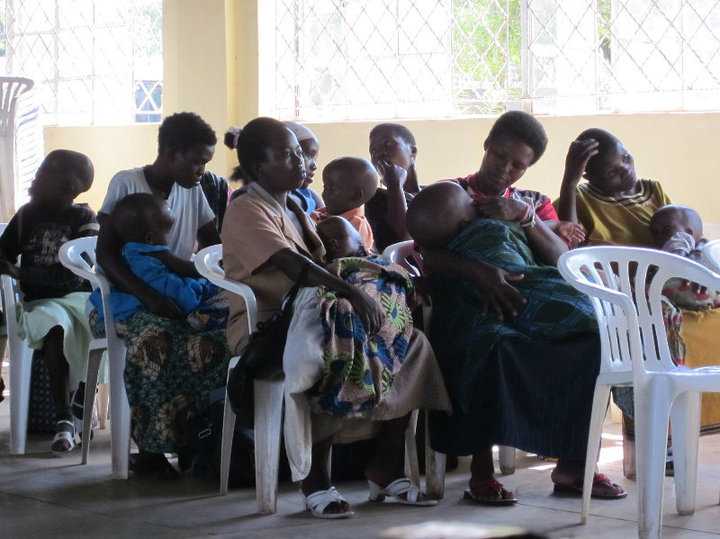Community Support Groups Deliver HIV Treatment in Mozambique

When resources are limited, community support groups can help expand HIV treatment and improve patient retention. Mozambique is one of the most severely affected countries in the world by the HIV epidemic, with roughly 1.5 million people living with HIV and nearly 40,000 deaths annually. From 2004 to 2016, CDC, U.S. President’s Emergency Fund for AIDS Relief (PEPFAR), the country’s Ministry of Health, and other partners, have provided antiretroviral treatment (ART) to 800,000 people.
While the scale-up of ART in Mozambique resulted in several key achievements, CDC and partners also encountered many real-world challenges to keeping patients on ART. It was common for patients in Mozambique to travel two to three hours to the closest health care facility, and spend up to eight hours waiting to see a clinician and receive their medicines. Evaluating and identifying new models of HIV treatment delivery that reduce burden on the health system and patients are important to inform future ART scale-up.
In 2010, CDC and partners led a national effort in Mozambique to increase access to ART - community ART support groups (CASGs). CASGs are small groups of patients from the same community who each take turns collecting the group’s medication from the health facility and distributing the treatment at community locations convenient for group members to access. These groups reduce the burden on patients by reducing travel costs, time spent at the clinic, and frequency of visits. Group members are able to schedule a personal visit to the clinic if needed. An additional benefit of the group is social and emotional support by other people dealing with the same disease. An implementer of the U.S. President’s Emergency Plan for AIDS Relief (PEPFAR), CDC is working in more than 50 countries to increase access to life-saving antiretroviral drugs for millions of people around the world
A recent CDC study in the October 2016 Journal of Acquired Immune Deficiency Syndromes (JAIDS) on the first decade of ART scale-up from 2004 to 2013 and participation in CASGs from 2010 to 2013 found that rates of loss to follow up were significantly lower among CASG participants compared to non-CASG participants, and similar mortality among both groups. This study’s findings along with previous research prompted a shift in Mozambique’s national treatment strategy, which now recommends expanded scale-up of CASG. In April 2016, about 65,000 patients were enrolled in CASGs in Mozambique.
This treatment delivery model is increasingly being used to reach the globally-endorsed 90-90-90 targets by 2020, ensuring 90 percent of people living with HIV know their status, 90 percent of those diagnosed to enroll in sustained ART, and 90 percent of ART enrollees to have suppressed viral load. Achieving these targets will place the world on track to controlling the HIV epidemic by 2030. CDC and partners are piloting the CASG groups in five countries around the world.
- Page last reviewed: September 15, 2016
- Page last updated: September 15, 2016
- Content source:


 ShareCompartir
ShareCompartir